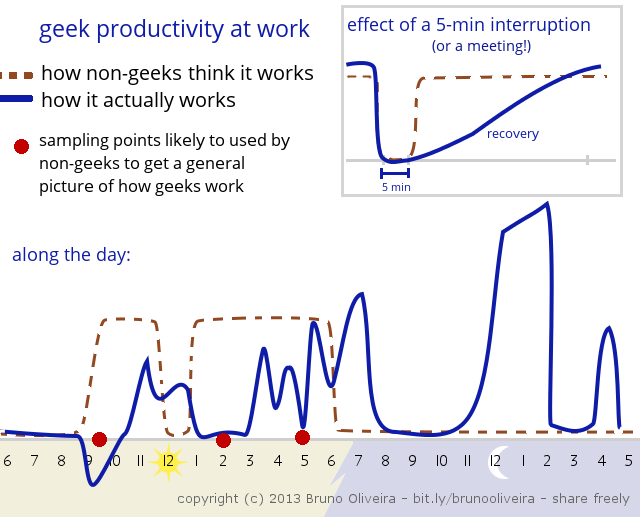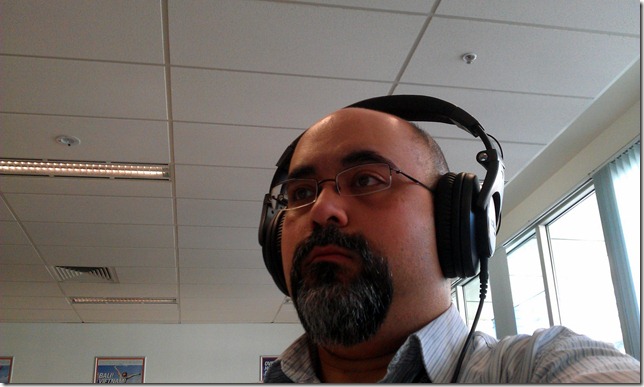While trying to decide whether I’d sign up for a Fairfax Digital Subscription or not (I ultimately decided not to) I thought it would be fun to document my news media consumption habits. (Being a nerd is so much fun!)
Here’s what I came up with.
Breaking News
Where do I go to get breaking news?
When a news tory breaks the first site I check is Twitter.
I then move on to Reddit to see what news content has been aggregated and bubbled-up by the online community. There I get both first-hand news and news that’s been collected by various outlets.
Next I check the BBC because they'll always have the most reliable and least biased story.
Finally, I go to Google News because that service quickly aggregates lots of news stories from multiple online sources, covering multiple angles.
If the breaking news is Australia- or Melbourne-specific I also check the Age and the ABC (though, in most cases, their news stories get captured pretty quickly by Google News anyway). I sometimes also check the online streaming versions of ABC News 24 and a few radio stations like ABC NewsRadio, 774 Melbourne, and 3AW.
More in-depth news and editorial opinion
What if I want more depth?
When I want a little more depth to a news story my first stop is usually the BBC. Those folk not only excel at presenting an overview of what’s going but they also give a bit of background and then flesh out those bits of the story that are important at the time. (I usually follow this up by a few quick searches on Google and Wikipedia if I want more information.)
However, if want a much deeper analysis or some high-quality editorial opinion on a particular topic or story then the sites I go first to are academic news outlets like the Conversation, a bunch topic-specific blogs (I subscribe to a lot of blogs via RSS), and sites with strong editorial voices and traditions like the Guardian and the Economist.
I then visit a bunch of independent news outlets or, categorizing them more broadly, sites from which I get smart, well written, and mature news reports, opinion, and discussion. These include ProPublica, The Global Mail, New Matilda, Salon, Slate, the Atlantic, and a handful of others.
Aside from those major sources I also read some blogs and feature pieces on the ABC and Fairfax websites (e.g. stuff written by Lauren Rosewarne or Sam de Brito). However, ABC and Fairfax don’t have the depth of coverage that the sites mentioned previously do; nor do they have as many contributors whose editorial opinions I value that much.
Local News & Opinion
What if the story is local?
When a news story is local my preferred sources are the Age and the ABC (including, as mentioned above, the online streaming versions of ABC News 24, ABC NewsRadio, and 774 Melbourne). Though, increasingly, the Guardian with its new Australian edition is becoming a bigger part of my regular local media consumption.
Meanwhile, 3AW and the Conversation, while good sources, don’t cover as much as the Age and ABC do.
Daily Media Consumption
Speaking of my regular media consumption, these are the news sites I check on the tram both to and from work every day and also on weekend afternoons:
The top four are the important ones: I check the Age for updates on what’s happening in the city and around the country. I check the BBC and the Guardian to find out what’s going on in the world. And, I check the ABC to read more about what’s going on in both Australia and the world.
If I have time left in my commute then I then close that folder and check Reddit (the app in the background in the top left hand corner).
And if after that I still have more time I sometimes check my RSS feeds via NewsBlur and occasionally read the stories I’d saved earlier in Pocket.
As you can see, restricting my Fairfax consumption to thirty articles per month isn't going to be difficult because Fairfax is already a pretty small part of my news media consumption mix. This despite the fact that I check the Age website every morning because, when I do, I only occasionally click-through to read a whole article - I usually just skim the headlines.
So there you have it, my media consumption preferences. What sites do you visit to get news and opinion?










